The cover features an AI interstellar probe, beautifully illustrated by concept artist Efflam Mercier. Here is the download link:
http://i4is.org/wp-content/uploads/2017/02/Principium_16_Feb_2017.pdf
This issue covers the following topics:
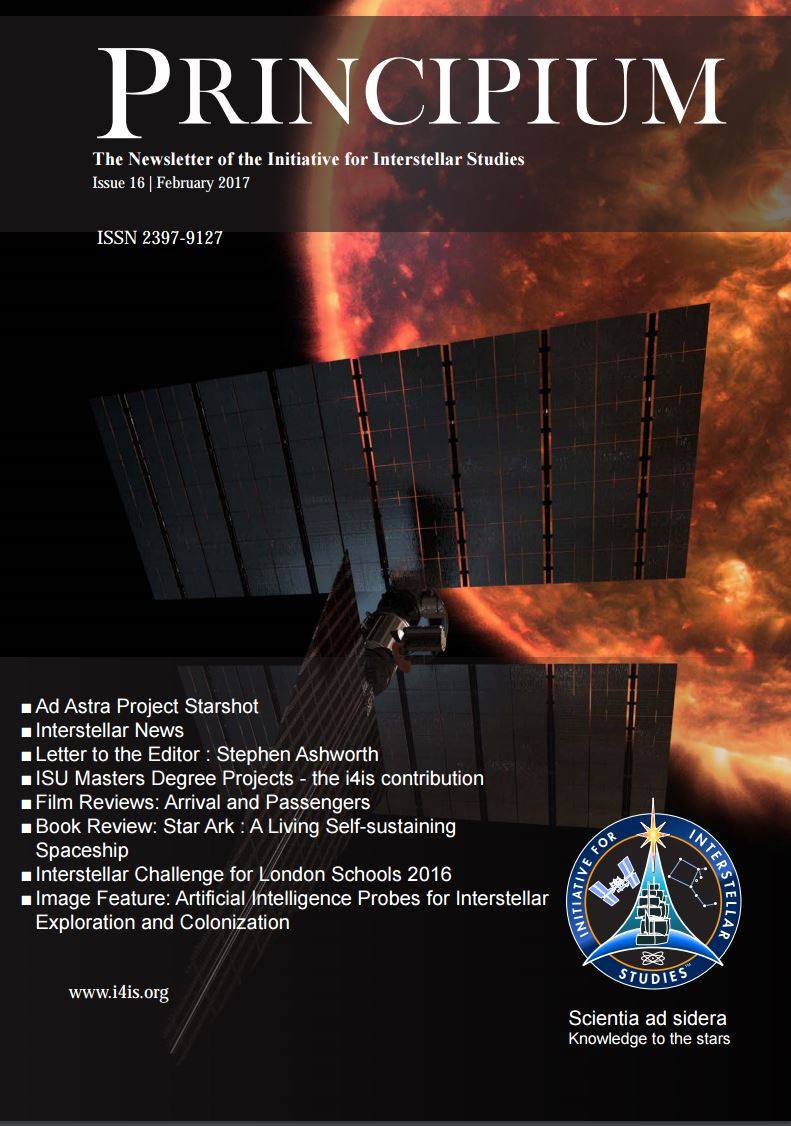
The cover features an AI interstellar probe, beautifully illustrated by concept artist Efflam Mercier. Here is the download link:
http://i4is.org/wp-content/uploads/2017/02/Principium_16_Feb_2017.pdf
This issue covers the following topics:
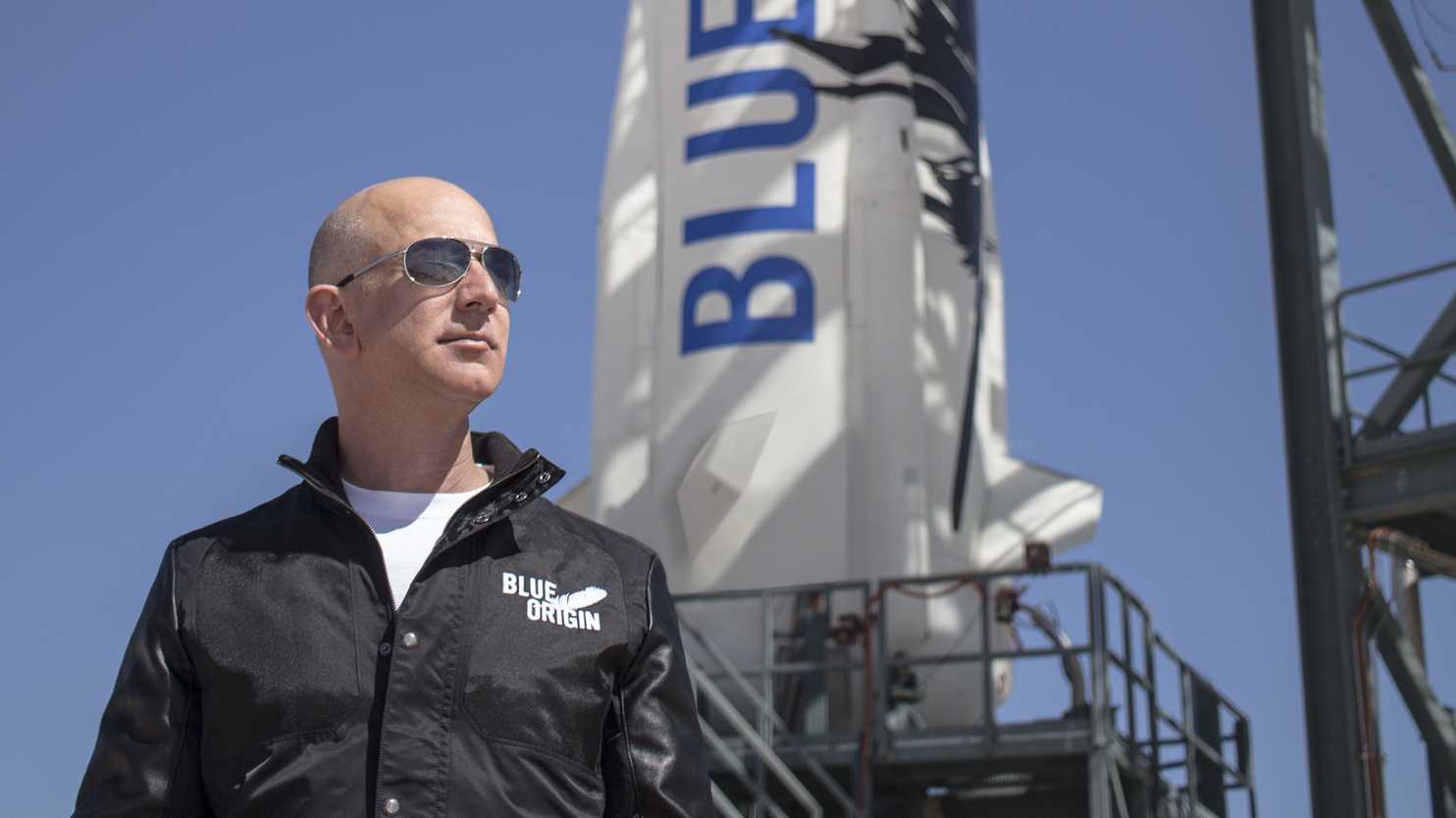
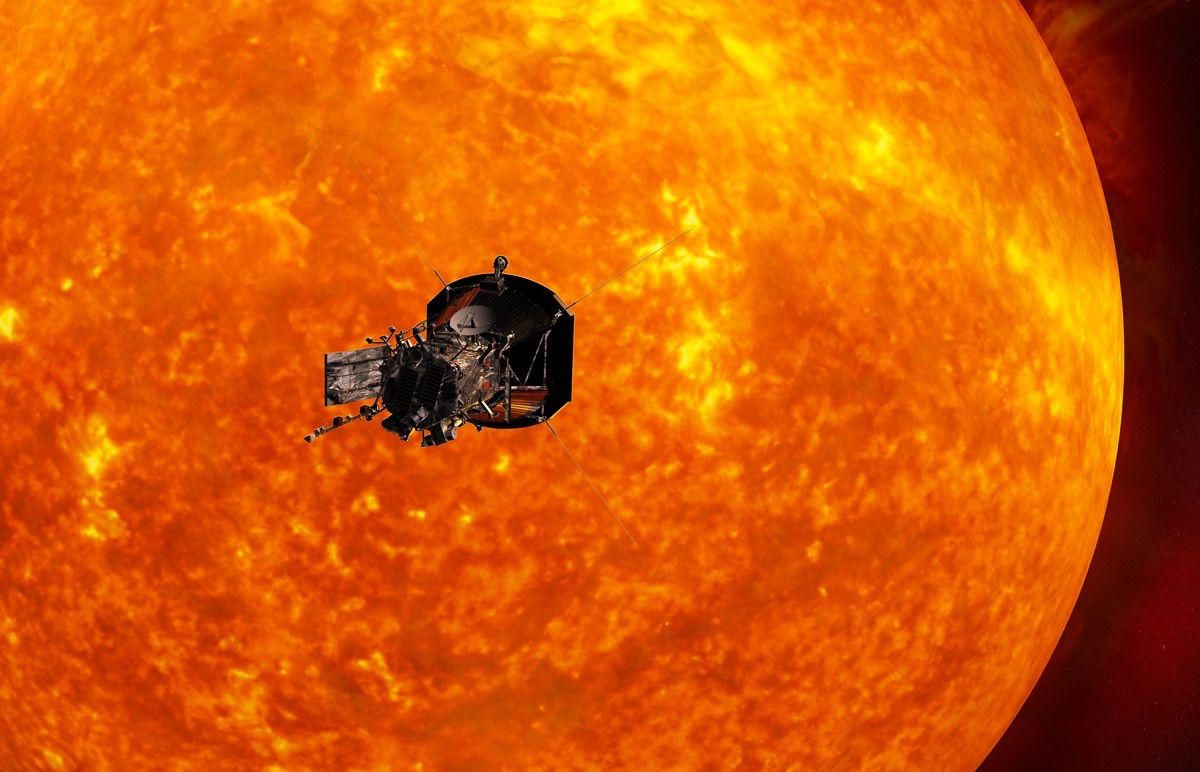

An answer to concerns about rejuvenation-induced overpopulation from a logistical point of view.
Why do we worry about overpopulation? What’s so bad about it? Well, several things. We could have too many people with respect to the space available on Earth; too many people and not enough jobs for everyone; too many people and not sufficient resources; too many people polluting the environment beyond what it can take.
All these potential problems need to be discussed. Thus, in this article I’m going to play accountant a little bit. You can read the whole article, or jump to the section that concerns you the most.
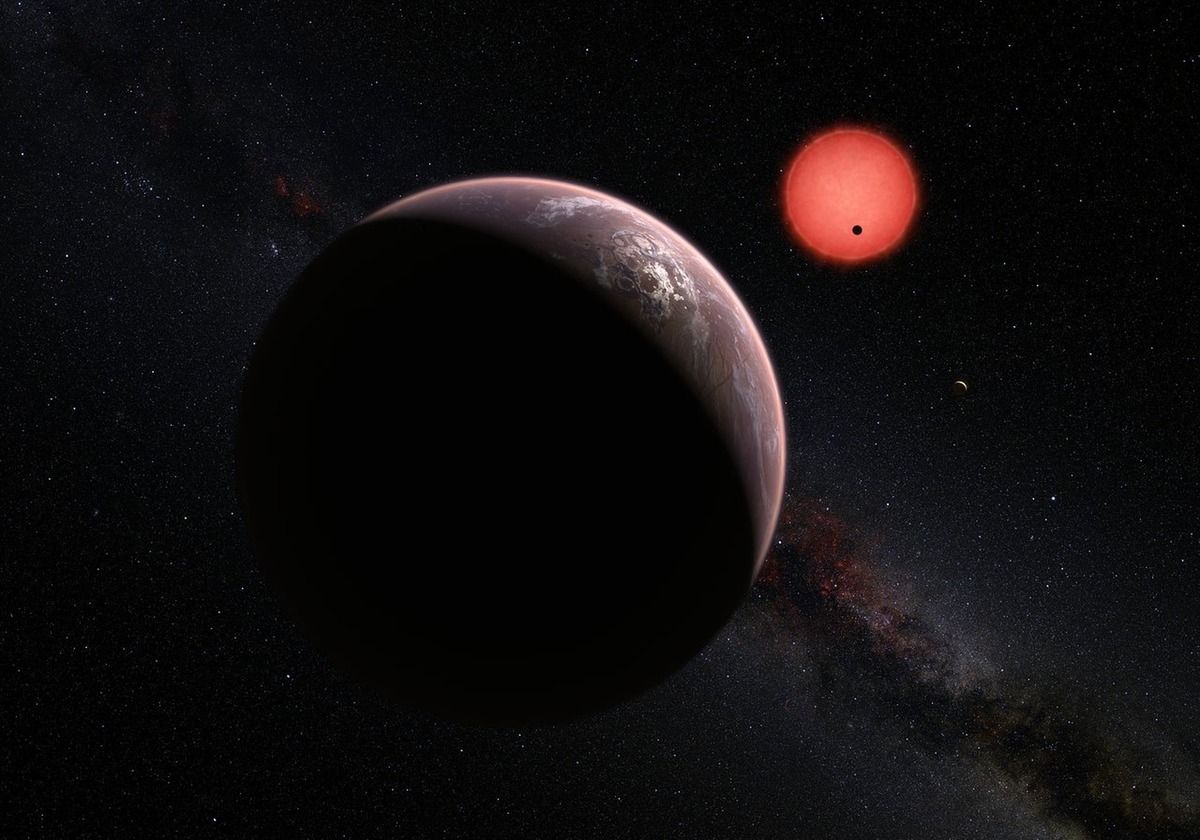
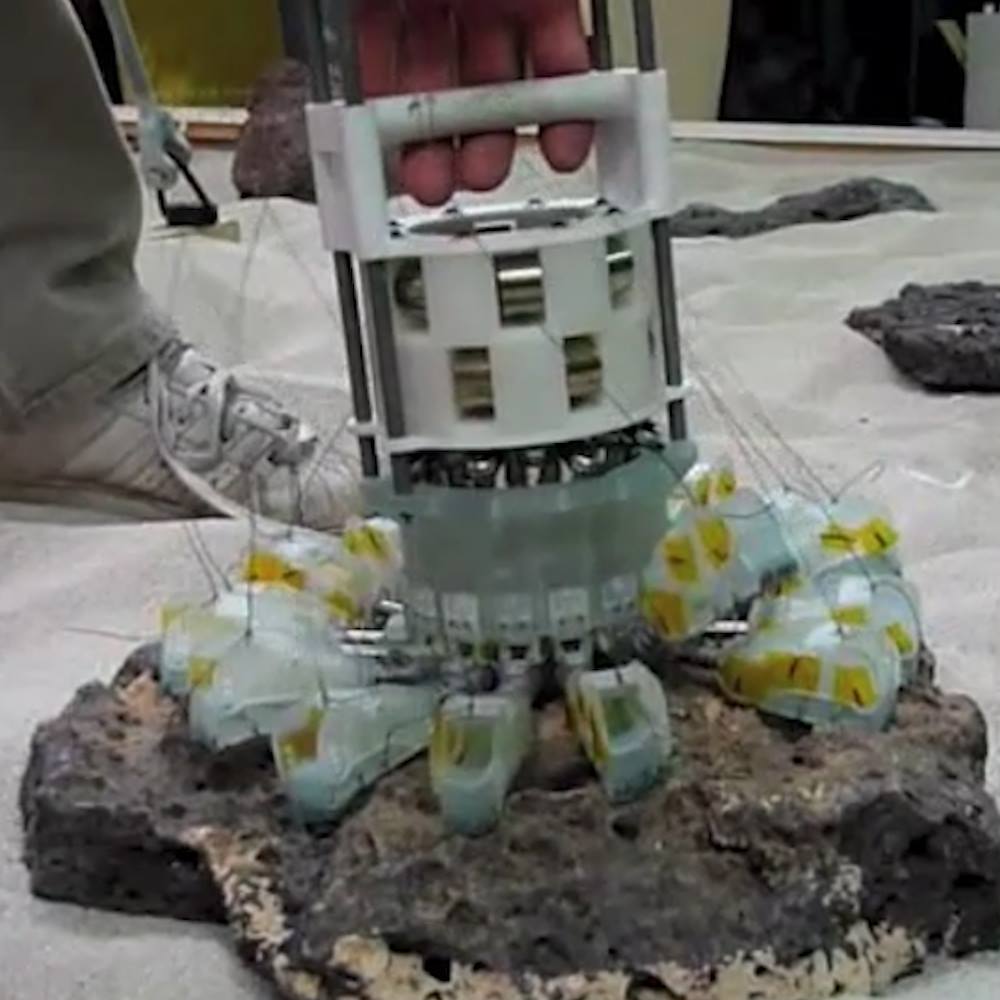
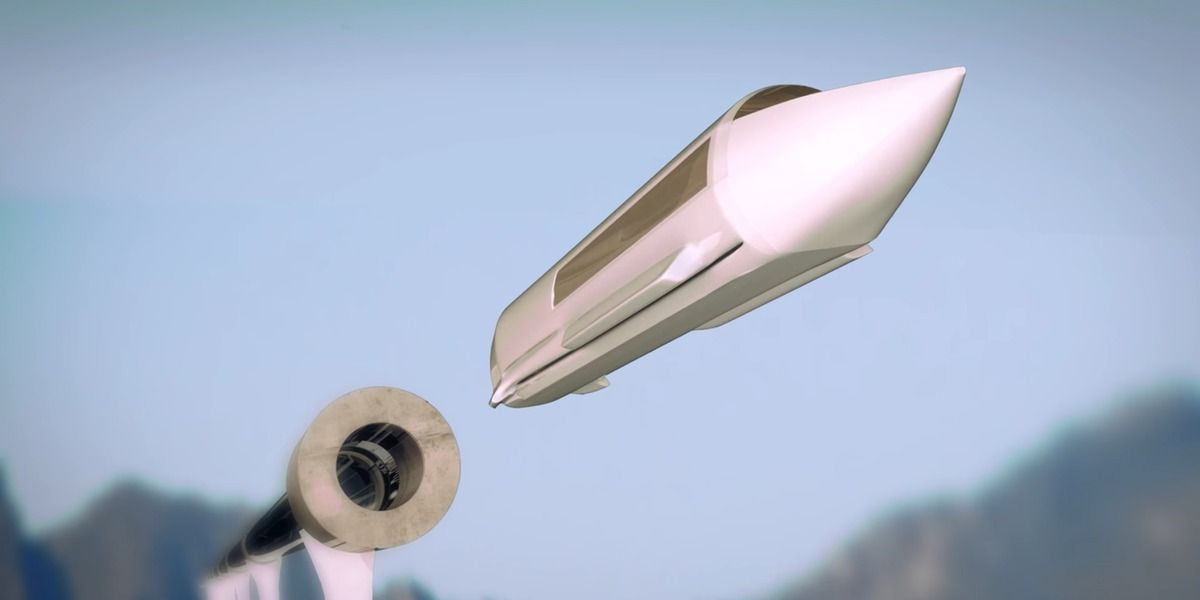
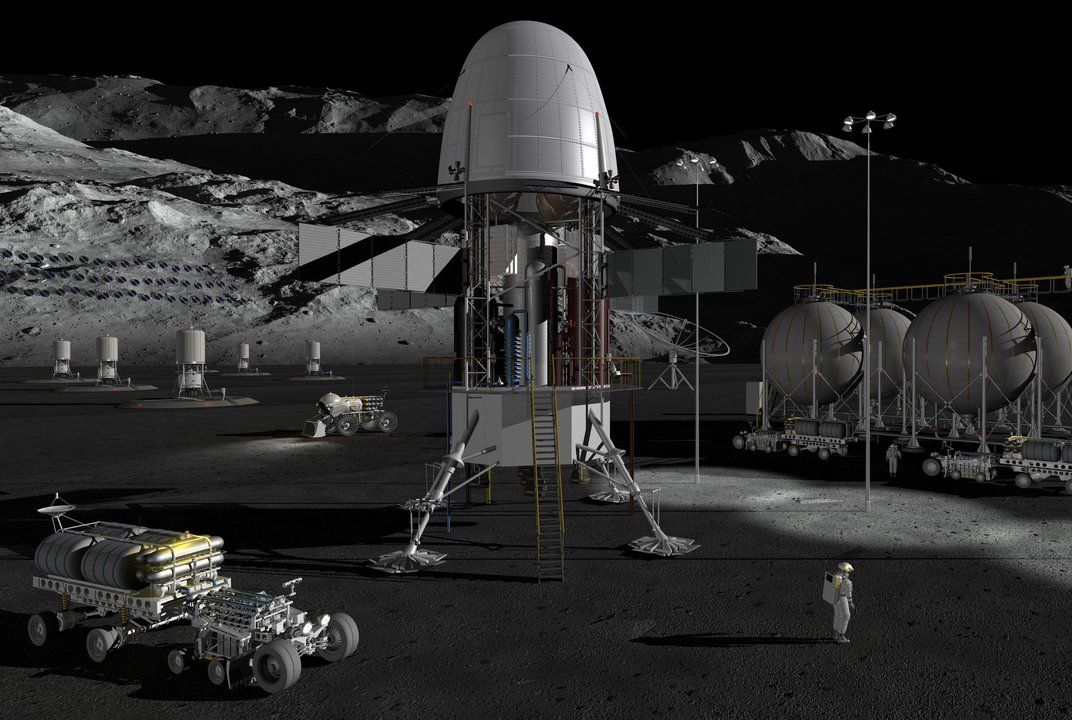
World View Enterprises, a private company that plans to sell balloon rides to the edge of space, has announced the grand opening of its new headquarters and a conjoined spaceport in Tucson, Arizona.
The new facility will soon be launching World View’s non-crewed high altitude balloons, which could provide a low-cost alternative to launching payloads into space, according to company representatives. The balloons can carry instruments and equipment that could, for example, be used to consistently observe severe weather events or natural disasters. The balloon could also carry equipment for scientific investigations, communications, remote sensing and wealth of other potential applications.
The newly completed Spaceport Tucson was built specifically to launch high-altitude balloons, and includes a 700-foot-wide (200 meters) launchpad. The spaceport is owned by Pima County (where it is located) but is operated by World View Enterprises, which now has its headquarters attached to the spaceport. World View employees have already started working out of the new digs, and the first uncrewed launches from Spaceport Tucson are expected to take place in the next few months, company representatives told Space.com. [World View’s Near-Space Balloon Rides in Pictures].